“Quamdiu stabit Colyseus stabit et Roma;
cum cadet Colyseus cadet and Roma;
cum cadet Roma cadet et mundus”.
(As long as the Coliseum stands, so will Rome;
when the Colosseum falls, so will Rome;
when Rome falls, the world will also fall).
Are you dreaming of exploring Rome in just a weekend? While it may seem daunting to cover this historic city in such a short span, fear not! With our savvy advice, your whirlwind journey will be nothing short of spectacular. In this post we’ll reveal a weekend of wonder: exploring Rome and the astonishing Coliseum (Amphitheatrum Flavium) in 2024. Immerse yourself in the grandeur of Rome for an enlightening weekend escapade. It’s more than a fleeting visit; it’s an opportunity to deeply connect with the timeless allure of the city. We’ve previously highlighted Rome’s myriad of attractions, ensuring you’ll never run out of choices.
This guide, however, is tailored for those eager to experience Rome’s soul in a limited timeframe, capturing its spirit across all seasons.
We aim to craft a personalized itinerary that balances exploration with relaxation, igniting your curiosity and love for a city that never ceases to amaze.
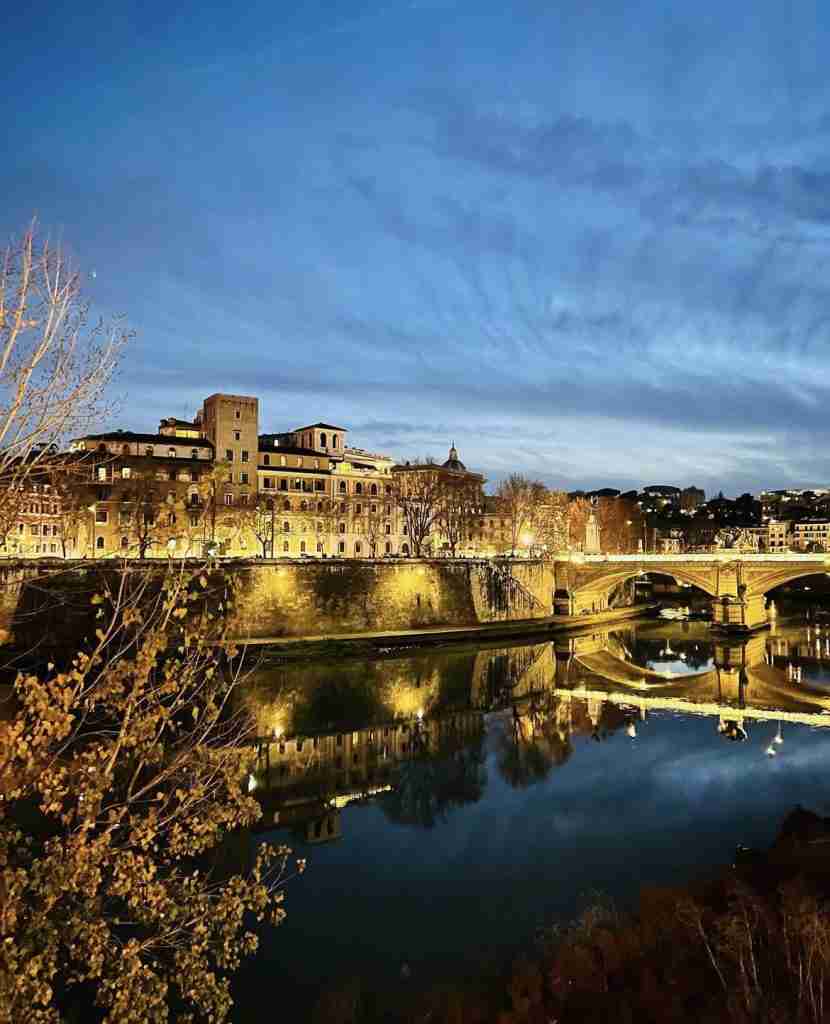
A weekend of wonder in Rome: a Journey through history and culture
Rome isn’t just a city; it’s a living museum of ancient civilization, proudly perched atop its seven iconic hills: Aventine, Esquiline, Caelian, Palatine, Quirinal, Viminal, and Capitoline. These hills are the city’s backbone, housing treasures like the Colosseum, the Pantheon, the Trevi Fountain, the Imperial Fora, and St. Peter’s Basilica. Rome, or “Caput Mundi” as it’s affectionately known, isn’t just a beautiful Italian city; it’s a timeless gem, brimming with history and culture, rivalling any European capital. Even with just a few days, the best way to soak in Rome’s essence is on foot.
Wander through its historic streets, from the quaint cobblestones of the “sanpietrini” to the majestic squares of Piazza del Campidoglio and Piazza Venezia, all accessible by pedestrian routes.
Whether you’re arriving from Termini station or the airport, numerous transport options are at your disposal. For convenience in exploring the heart of Rome, consider staying at a central hotel or B&B, ideally situated near the station or the city center.
A weekend of wonder: discover Rome
Feel the pulse of Rome as you embark on your journey, starting in the heart of the city – the historic center. After settling into your hotel, if you’re arriving via Roma Termini station, the metro lines A and B are your gateway to the city’s treasures. First, hop on metro line B and alight at the Coliseum stop. Witness the awe-inspiring Flavian Amphitheatre, Rome’s crowning jewel. More than a stunning structure, the Coliseum is a ensemble of legends, standing since 753 BC. As the world’s largest amphitheater, it’s a testament to Rome’s grandeur, hosting gladiatorial shows and more. Visiting this World Heritage Site, one of the New7Wonders of the World, is the perfect introduction to the Eternal City.
The immense value left to us by the Romans: the Colosseum
We continue by talking about what we know as the Colosseum, which is actually the Flavian Amphitheater. It is a fascinating and exciting story which evokes gladiators, ancient fights and often bloody duels, with ferocious animals, but also the community of Romans participating in the shows.
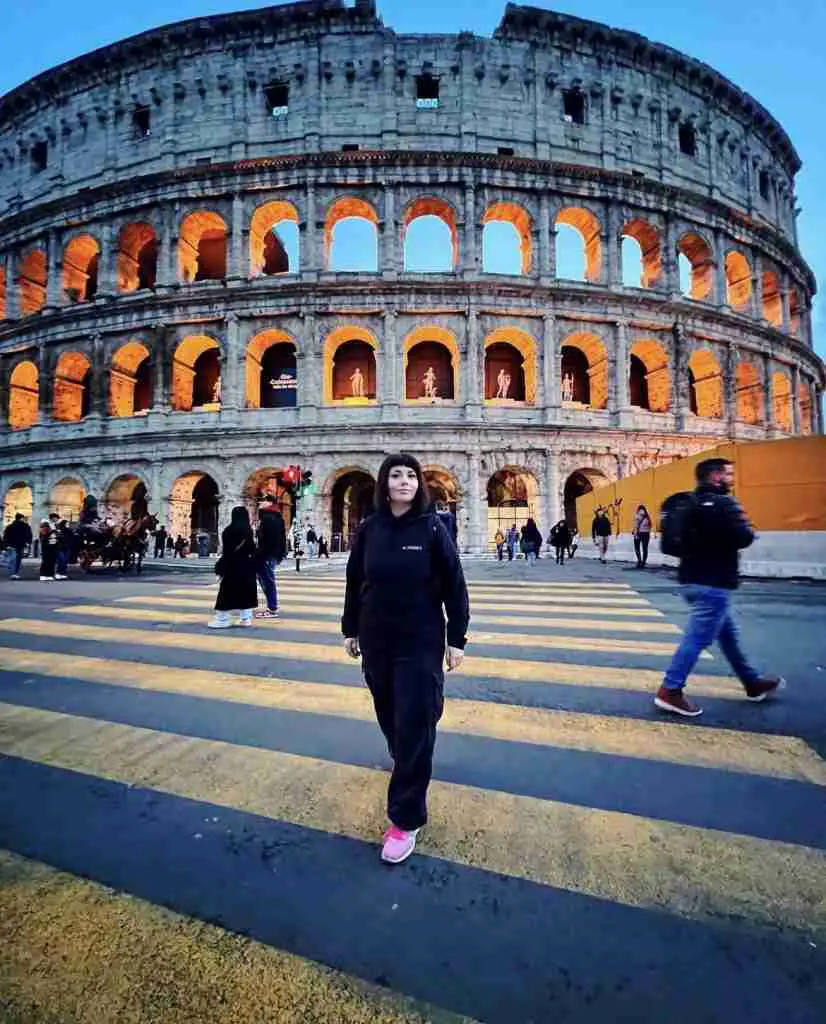
Why visit the Coliseum?
There are many reasons to visit the Colosseum. First of all, it must be remembered that the Roman Colosseum is the symbol of eternal Rome. One certainly cannot go to Rome without visiting it, even once, because its main value goes beyond the architectural and visible aspect, but enters the heart for its historical and cultural roots. One of the reasons to visit it is therefore to immerse yourself in Roman history, because it represents the most important moment of civilization, the imperial era.
Even today it is an architectural miracle, not surpassed by time.
You should also visit it because of its ideological impact of fun and violence, which is difficult to understand without visiting it. A chance to truly understand Roman civilization, a population of warriors and soldiers.
Legend about the Colosseum in Rome: everything legendary makes it popular
The Coliseum is an important building that still arouses admiration, especially for what it represents: the image of the power of the Roman Empire. It is legendary for its gladiator engagements, for crowds of men from across the Empire gathering to admire the exotic animals of the most remote provinces. The stories of those who knew the gladiators were grandiose, irreverent, so much so that listeners remained spellbound for hours. Its legends, its tales, the strength of these men, still make it a meeting place after thousands of years. After all, we’re discussing a globally renowned Italian landmark: it’s estimated that annually, about five million visitors flock to Rome just to behold its magnificence.
History of the Colosseum
An 8th century prophecy stating that as long as the Colosseum exists, so will Rome. The Coliseum is a combination that gives life and shine to the future of Rome and what the Romans have bequeathed to all passionate Italians and not just to all those who consider art and beauty as the heritage of humanity. History has wanted it since 1980 as a monument registered on the UNESCO list together the historic center of Rome.
The amphitheater was dedicated in the Flavian era on the eastern area of the Roman Forum, its construction began with Vespasian in 70 AD and ended with Titus after 80 AD. In fact, it was inaugurated on April 21, 80 AD. Further modifications were made by Emperor Domitian in 90. The building is recognizable by its elliptical shape with a perimeter of 527 meters and axes measuring 187.5 and 156.5 meters. The name Colosseum was popular in the Middle Ages and derives from the Latin adjective “colosseum”, meaning colossal. After all, no neighboring palace is that tall and it certainly looked colossal in front of the small medieval houses.
The reenactments were famous throughout the known world of the time, there were gladiator shows and many other public events. Shows included: hunting shows; reenactments of famous battles; dramas, naval battles. The structure was no longer used after the 6th century and served only as a quarry for materials.
The Colosseum represented Roman social life, especially in terms of entertainment
Entrance was free, especially during the organized games which entertained many citizens. Also, the Colosseum represented the “panem et circenses” where fun was free just like the popular prices of cereals. This undoubtedly helped the emperor keep possible future insurrections by citizens at bay.
How to get to the Colosseum
If you are passing through the center of Rome and you are on Via dei Fori Imperiali, you will have to cross the neighborhood to get from Piazza Venezia to the Colosseum. You will find several buses, as many tourists decide to pay a visit there. For transport, we recommend:
- Metro B stop Colosseo
- Line A with the Manzoni stop
- Bus lines: 60, 75, 87, 271, 571, 175, 186, 810, 850, C3
- Electric mini-bus 117
- Tram no. 3.
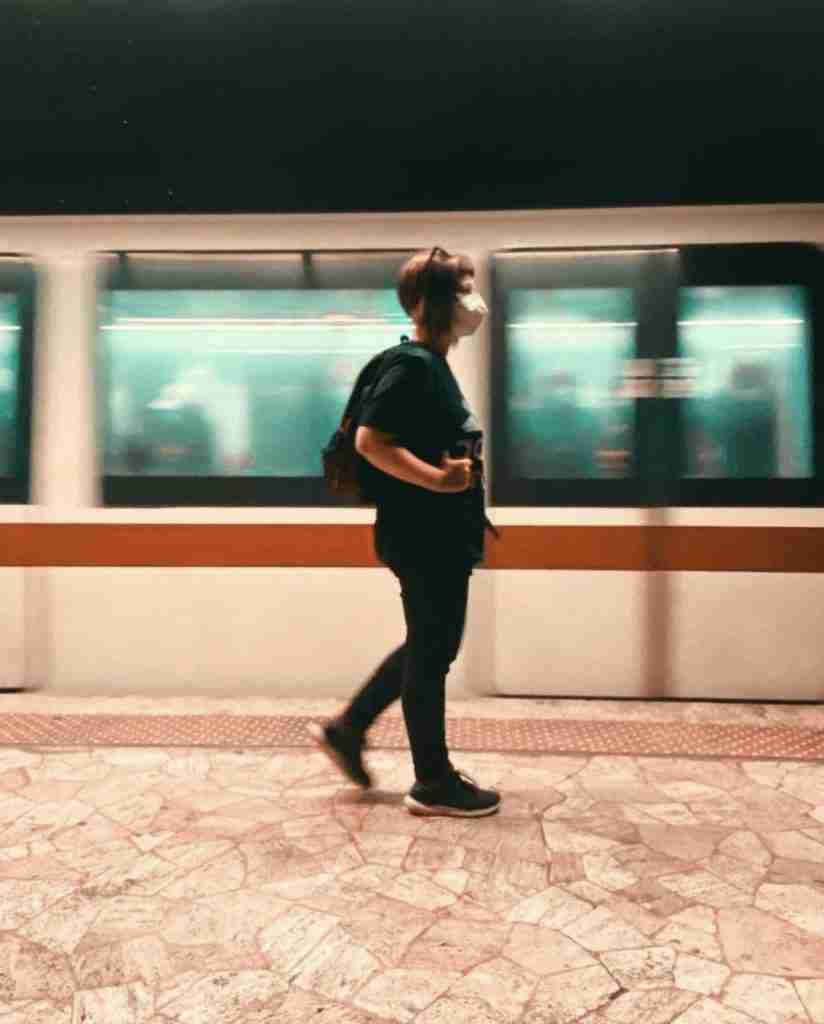
Price, location of the Colosseum
Okay, now you know something about the Coliseum, even if you still feel like you know nothing in the face of its immense splendor. As for how and when to enter, there are: Rome Coliseum skip the line ticket! A good way to save money and take advantage of queue jumping given the huge queues that form to get in. In fact, you can buy a ticket to the Colosseum, Roman Forum and Palatine for only around 21.00 euros. Just a short stroll away, immerse yourself in the ancient Roman Forum and the Imperial Fora. These archaeological wonders, nestled between the Palatine and Capitoline Hills, unveil stories of Rome’s past, dating back to the 6th century BC.
Navigating with Google Maps, your next stop is the majestic Altare della Patria
This late 19th-century monument, a symbol of Italian values, offers a free-access terrace with breathtaking views – a must for your photo album. Rome’s culinary scene beckons for lunch. Discover a traditional “trattoria” using TripAdvisor and indulge in the iconic Pasta alla Carbonara. Complement your meal with a light starter like the delicious supplì. Revitalized, head to the Piazza del Campidoglio, a Michelangelo masterpiece perched on one of Rome’s founding hills.
Admire the city hall, Capitoline Museums, and the iconic statue of Marcus Aurelius. As the day progresses, enjoy a classic Roman coffee break, perhaps paired with a creamy maritozzo, a local delight. Continue to the Pantheon, an ancient temple of breathtaking beauty, before reaching your final stop: the enchanting Piazza Navona. Despite weary feet, its charm is undeniable.
Evening in Rome: a culinary conclusion
Conclude your day with a foray into Roman gastronomy. Try the “pinsa,” a unique, crispy version of pizza with a local twist. TripAdvisor will guide you to the best spots near your stay. This culinary journey is the perfect endnote to a day steeped in history and flavor.

A weekend of wonder: Vatican ventures and Roman culinary treats
Begin the day with a metro ride on line A to Ottaviano, gateway to Vatican City’s marvels. Explore St. Peter’s Basilica, the Vatican Museums, and more. Marvel at Raphael’s Rooms and the Sistine Chapel’s ceiling, a Michelangelo masterpiece depicting Genesis. Consider a cumulative ticket for a comprehensive experience. For lunch, dive deeper into Roman cuisine. Try a classic artichoke “alla Giudìa” or savor the rich flavors of “Amatriciana” pasta. Next, visit the majestic Castel Sant’Angelo, once Emperor Hadrian’s tomb. Walk its full expanse and enjoy the enchanting Sant’Angelo Bridge in the late afternoon, adorned with angelic statues. In the evening, dine at a local trattoria. Sample “saltimbocca alla romana,” a savory meat dish, perfectly paired with a local wine.
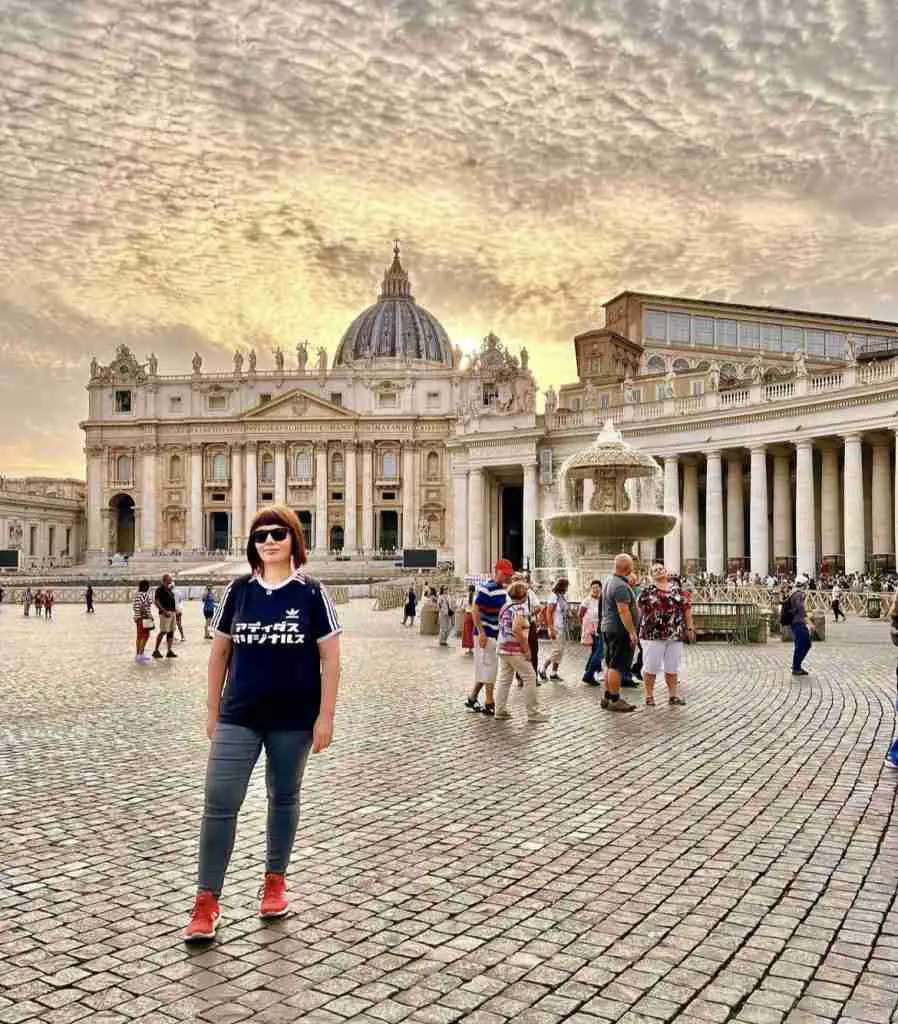
A weekend of wonder: serene start and Rome’s radiant heart
The day starts at Santa Maria Maggiore, accessible from Cavour metro station. This early Christian basilica is steeped in legend, tied to a Marian vision inspiring Pope Liberius. Journey to the Quirinal, the Italian President’s residence and former papal home. Then, experience the romance of the Trevi Fountain, a poetic symbol of Rome. Continue to the Piazza di Spagna and the iconic Spanish Steps. Admire the Barcaccia fountain, a Bernini masterpiece, and enjoy the view from the steps.
For a leisurely afternoon, consider these options:
- – Pincio Terrace for panoramic views;
- – Trastevere’s charming streets and art boutiques;
- – The art-rich Borghese Gallery;
- – Piazza del Popolo’s historic grandeur;
- – The ancient Circus Maximus;
- – Foro Boario’s architectural splendor;
- – The serene Orange Garden.
Conclude your day in the pulsating district of Trastevere. Discover its unique blend of art, gourmet delights, and perhaps enjoy a dinner inspired by local flavors.
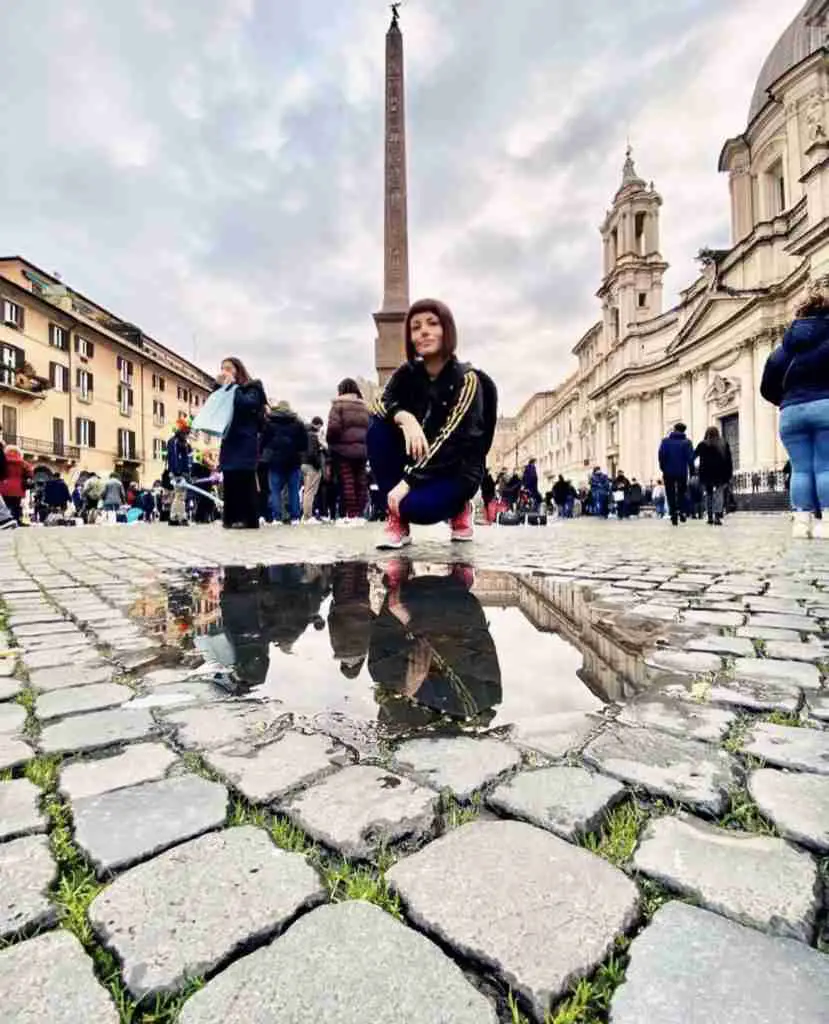
The Bottom line
In this content we talked about a weekend of wonder: exploring Rome and the astonishing Coliseum in 2024. After reveling in the wonders of Rome across this action-packed weekend journey, one truth rings clear – this city is eternal. Beyond the architectural marvels and artistic treasures that abound, Rome’s essence lies in its indomitable spirit. It’s a sprawling metropolis imbued with the echoes of gladiators, ancient rituals, papal traditions, artistic innovation, and culinary delights. We hope this weekend itinerary has enriched your Roman holiday, leaving you with unforgettable memories of this enchanting city! And remember to keep following us to discover more trivia about Italy, lifestyle and our LCN App.

